written by David Steffen
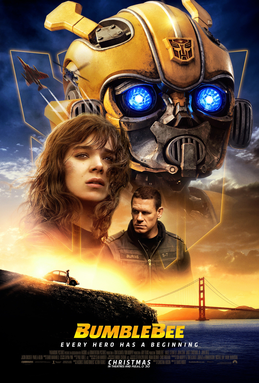
Bumblebee is a 2018 action science fiction film distributed by Paramount that’s a prequel to the Transformers film series that started with Transformers in 2007.
A war rages between two factions of intelligent shape-changing robots on the mechanical planet of Cybertron. The vicious Decepticons have scattered the remaining Autobots and driven them into hiding. Optimus Prime (Peter Cullen), leader of the Autobots sends the Autobot B-127 (Dylan O’Brien) to find a place for a new base. B-127 lands on Earth in 1987 and although hunted there, manages to survive the landing but soon gets into a fight with a Decepticon that leaves him mute and wounded, and he barely manages to turn into a VW Beetle before powering down.
The Autobot is revived by 17-year-old girl Charlie Watson (Hailee Steinfeld), who learned mechanic skills from her father before he passed away. Charlie’s family doesn’t have a lot of money and for Charlie that means lack of freedom because she doesn’t have a car, so when a junkyard dealer gives her the broken old Beetle for a birthday present, she sees it as a major opportunity.
Charlie befriends the Autobot and gives him the name “Bumblebee” and teaches him more about life on Earth, especially the importance of keeping his presence there secret. But when she revived Bumblebee, he emitted a transmission that has drawn a pair of Decepticons to investigate, and now Bumblebee is hunted by both the military and by the Decepticons. A neighborhood boy, Memo (Jorge Lendeborg Jr.), stumbles upon the secret and Charlie tells him everything, and the three of them fight to keep Bumblebee and Earth safe from the Decepticons who would destroy them all.
Although I was not among those who hated the 2007 Transformers movie, I understand the criticisms of it and the sequels have only gotten worse from there (primarily because of tasteless unfunny jokes and military fetishism) to the point that I’d more or less given up on the movie franchise, at least until the creative minds behind it changed. Bumblebee redeems the series a great deal, making it much more of a character story than its predecessors and making me care about the characters again. The character of Bumblebee has always been a favorite character for me, one of the smaller Transformers and always an underdog and he was the best part of the 2007 movie. I loved that he got his own movie here and I loved the friendship that develops here between Bumblebee and Charlie, especially with Bumblebee as the bumbling newcomer to the planet who doesn’t know how any of this works. The acting is great across the board, and I really cared about Charlie and her grief about her father’s death and abouther quest to get a car to get some more freedom in her life.
I like Bumblebee’s new look, redesigned from the other movies, and they did a great job portraying his emotions through body language since for most of the movie he doesn’t have a voice and his face lacks the articulation to express emotion that other Transformers have.
This was a fun and great movie, a return to the fun and kid-friendly roots that the series had gotten away from. I highly recommend it, and I hope that there are more Transformers movie in the future that are more like this kind of film.

 Chuck was an action spy action/drama/comedy show, starring Chuck Bartowski (Zachary Levi), who started as a down-on-his-luck geek working at the BuyMore fixing computers, when he ended up with a supercomputer with government secrets downloaded into his brain, as he has been used as an intelligence asset. Season 3 ran from January to May of 2010.
Chuck was an action spy action/drama/comedy show, starring Chuck Bartowski (Zachary Levi), who started as a down-on-his-luck geek working at the BuyMore fixing computers, when he ended up with a supercomputer with government secrets downloaded into his brain, as he has been used as an intelligence asset. Season 3 ran from January to May of 2010. In the premier season of Chuck, the title character Chuck Bartowsky (Zachary Levi) had been living an unextraordinary life working at the BuyMore after being kicked out of Stanford based on false accusations of cheating, and dumped by his girlfriend. Until he gets an unexpected email from Bryce Larkin (Matt Bomer), (the one who got him kicked out Stanford), that contains coded images containing government secrets that download themselves into Chuck’s brain, and after that if he sees something that is in the Intersect (the name for the computer storing the data), then he will suddenly know the information. So Chuck has been working with CIA Agent Sarah Walker (Yvonne Strahovski) who has been posing as his girlfriend, and NSA Agent John Casey (Adam Baldwin) who has been posing as a co-worker at the BuyMore. Season 2 ran from 2008-2009.
In the premier season of Chuck, the title character Chuck Bartowsky (Zachary Levi) had been living an unextraordinary life working at the BuyMore after being kicked out of Stanford based on false accusations of cheating, and dumped by his girlfriend. Until he gets an unexpected email from Bryce Larkin (Matt Bomer), (the one who got him kicked out Stanford), that contains coded images containing government secrets that download themselves into Chuck’s brain, and after that if he sees something that is in the Intersect (the name for the computer storing the data), then he will suddenly know the information. So Chuck has been working with CIA Agent Sarah Walker (Yvonne Strahovski) who has been posing as his girlfriend, and NSA Agent John Casey (Adam Baldwin) who has been posing as a co-worker at the BuyMore. Season 2 ran from 2008-2009.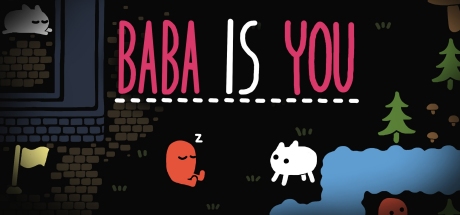
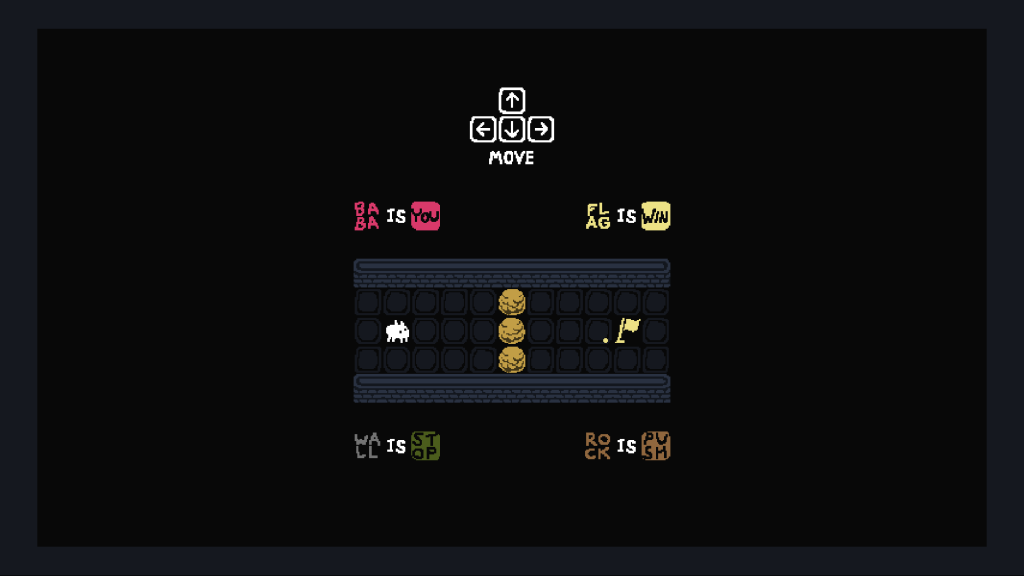
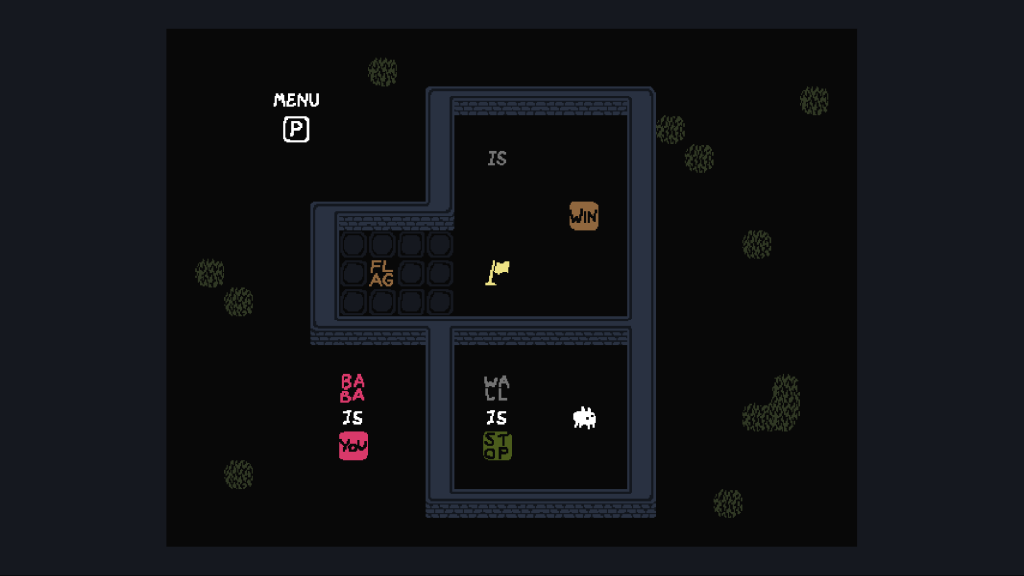
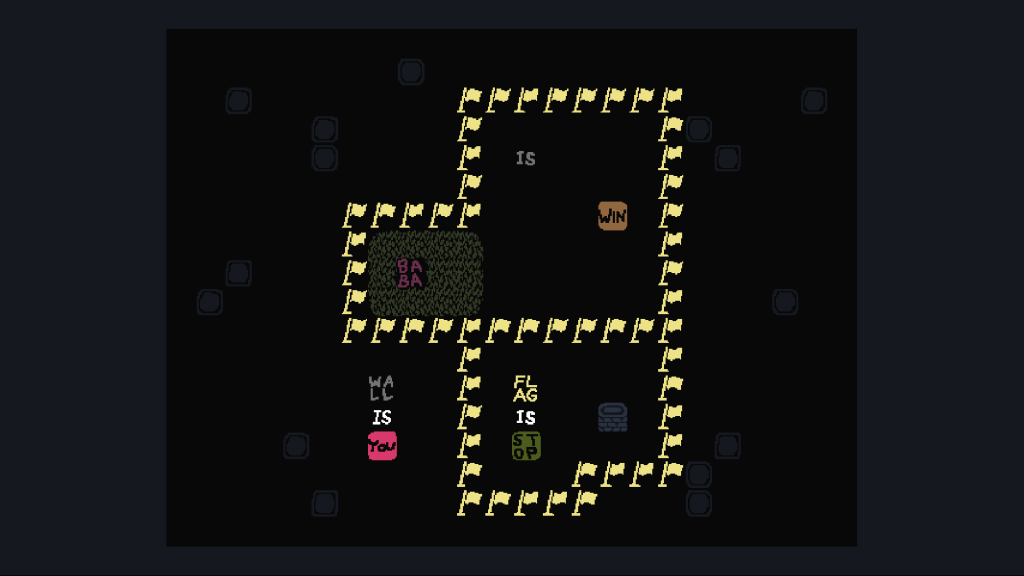
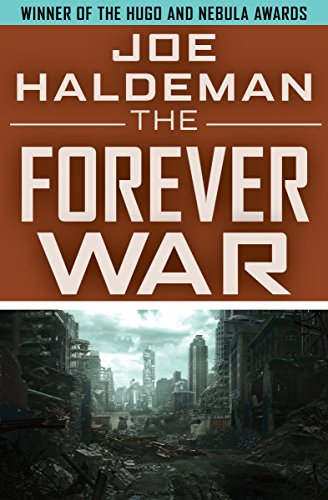
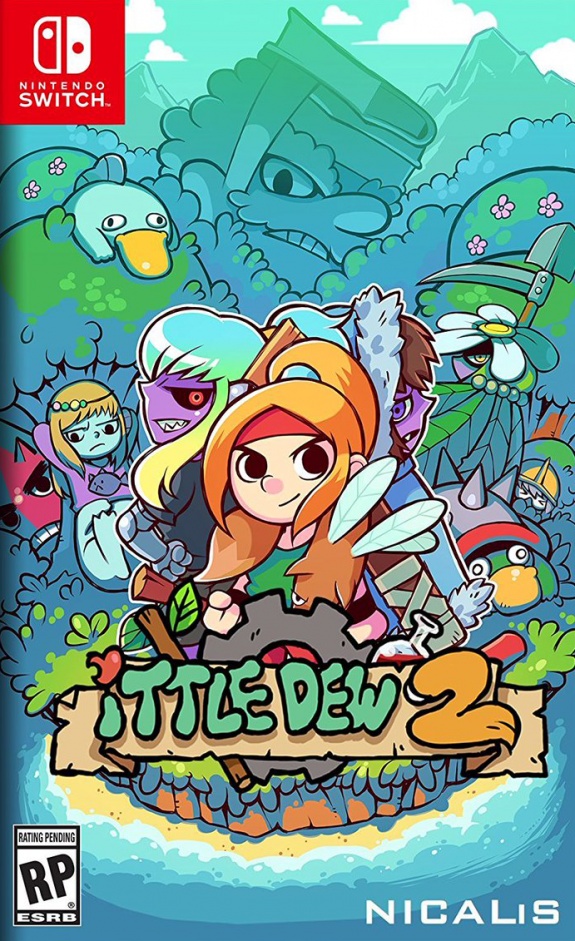
 Fantastic Beasts and Where to Find Them is a fantasy action/adventure movie tie-in to J.K. Rowling’s Harry Potter universe, distributed by Warner Bros pictures in 2016. It shares a title with one of Harry Potter’s textbooks in the Harry Potter series, written by Newt Scamander. And it has also been published as a standalone book by J.K. Rowling in 2001.
Fantastic Beasts and Where to Find Them is a fantasy action/adventure movie tie-in to J.K. Rowling’s Harry Potter universe, distributed by Warner Bros pictures in 2016. It shares a title with one of Harry Potter’s textbooks in the Harry Potter series, written by Newt Scamander. And it has also been published as a standalone book by J.K. Rowling in 2001.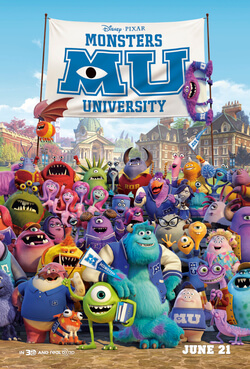 Monsters University is a computer-animated children’s movie comedy produced by Pixar, released in June 2013. It is a prequel to 2001’s super-popular Monsters Inc, which starred monsters James “Sully” Sullivan and Mike Wazowski working in the scare factory scaring human children to produce power for the monster city and accidentally let a human child into the monster world.
Monsters University is a computer-animated children’s movie comedy produced by Pixar, released in June 2013. It is a prequel to 2001’s super-popular Monsters Inc, which starred monsters James “Sully” Sullivan and Mike Wazowski working in the scare factory scaring human children to produce power for the monster city and accidentally let a human child into the monster world.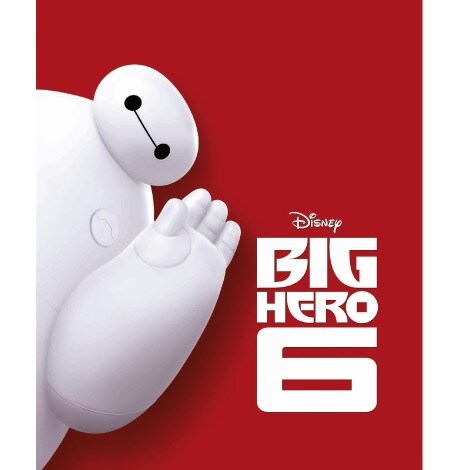 Big Hero 6 is an animated action comedy science fiction movie released by Walt Disney Animation Studios in 2014, which is loosely based on the Marvel superhero team of the same name.
Big Hero 6 is an animated action comedy science fiction movie released by Walt Disney Animation Studios in 2014, which is loosely based on the Marvel superhero team of the same name.